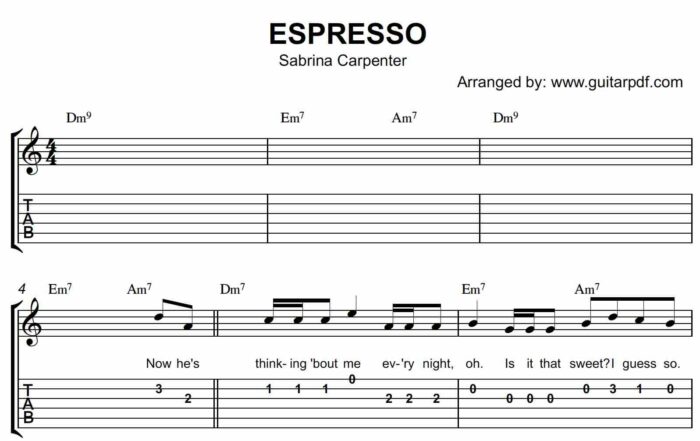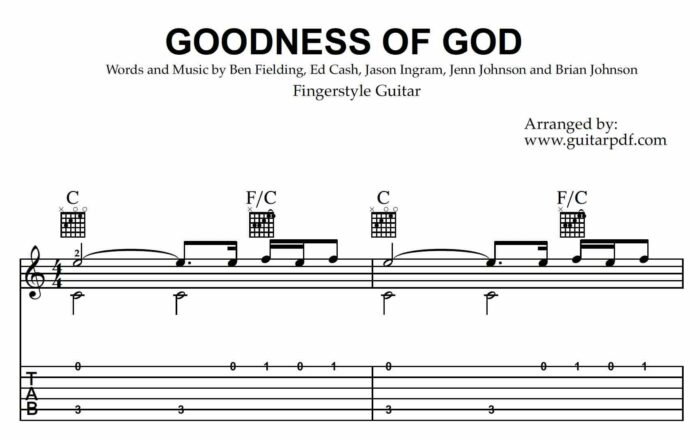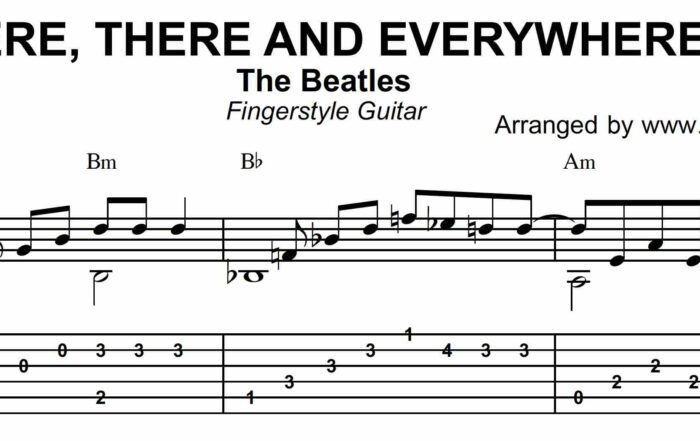Essential Rock Guitar Licks
Rock music has given us some of the most iconic guitar riffs and solos in music history. Learning essential rock guitar licks is a great way to not only improve your playing but also to gain a deeper understanding of the styles of legendary guitarists. Whether you’re a beginner or an experienced guitarist, mastering these licks can elevate your playing to new heights. In this article, we’ll break down some of the most essential rock guitar licks and explain how to play them.
What Are Guitar Licks?
Before diving into specific licks, it’s important to understand what a guitar lick is. A guitar lick is a short, memorable sequence of notes that can be used in solos, intros, or fills. Unlike a full riff, which repeats throughout a song, a lick is typically used as a building block for solos or to add flavor to your playing. Rock licks are usually rooted in pentatonic scales and blues progressions, and they often involve techniques like bending, sliding, and vibrato.
Why Learn Rock Guitar Licks?
Learning classic rock guitar licks has several benefits:
- Improves technique: These licks often incorporate advanced techniques such as string bending, hammer-ons, pull-offs, and slides, helping you develop finger dexterity and precision.
- Expands musical vocabulary: By learning iconic licks, you can incorporate them into your own solos and improvisations.
- Develops ear training: As you learn famous licks by ear, you’ll improve your ability to pick up songs more easily.
Now, let’s dive into some essential rock guitar licks that every guitarist should know!
1. The Chuck Berry Double Stop Lick
One of the most iconic rock licks comes from Chuck Berry, whose style influenced countless guitarists from Keith Richards to Angus Young. His signature double-stop lick is a must-know for any rock guitarist.
How to Play:
- Use your index finger to bar the high E and B strings.
- Use your ring finger to bend the G string at the 7th fret while still letting the high E and B strings ring out.
- The lick is typically played in a fast, repeating pattern that you can move up and down the neck.
Tips:
- Start slow to get the feel of the bending technique while keeping the other strings clear.
- Practice with a metronome to build speed and control.
Why It’s Essential:
This double-stop bending lick is quintessential for rock solos and rhythm playing. You’ll hear it in songs like “Johnny B. Goode” and numerous classic rock hits.
2. The Jimi Hendrix Bluesy Lick
Jimi Hendrix’s licks combined bluesy phrasing with rock energy. This simple but expressive lick can be heard in many of Hendrix’s songs, including “Hey Joe” and “Red House.”
How to Play:
- Start with a bend on the 7th fret of the G string (full step).
- Follow it with a hammer-on from the 5th to the 7th fret on the D string.
- Add a quick pull-off from the 7th to the 5th fret on the G string.
- End with a bend on the 8th fret of the B string.
Tips:
- Focus on clean bends and smooth transitions between the hammer-ons and pull-offs.
- Use vibrato at the end of the phrase to add extra expressiveness, just like Hendrix.
Why It’s Essential:
This lick is a staple in blues-rock soloing, and it helps you master the expressive bending and sliding techniques that Hendrix was famous for.
3. The Jimmy Page Pentatonic Lick
Jimmy Page’s guitar work with Led Zeppelin is legendary, and his pentatonic licks are central to his soloing style. This particular lick is rooted in the A minor pentatonic scale and appears in countless rock solos.
How to Play:
- Start with a bend on the 8th fret of the B string (full step).
- Follow it by hitting the 5th fret of the high E string.
- Use a hammer-on and pull-off from the 5th to the 8th fret on the B string.
- Return to the bend on the 8th fret of the B string to complete the phrase.
Tips:
- The hammer-ons and pull-offs should be fast and fluid.
- Pay close attention to the timing of the bends, as they’re key to getting that Page-like feel.
Why It’s Essential:
Jimmy Page’s use of the pentatonic scale is a perfect example of how to take a simple scale and turn it into memorable solos. This lick will help you with speed and articulation.
4. The Angus Young “Thunderstruck” Lick
Angus Young of AC/DC is known for his high-energy playing, and the opening lick from “Thunderstruck” is one of his most recognizable riffs. It’s fast, repetitive, and a great workout for your picking hand.
How to Play:
- The lick is played on a single string (high E string).
- Start by alternating between the 4th fret and open E string using hammer-ons and pull-offs.
- Gradually add the 7th fret and 9th fret to create the full phrase.
Tips:
- Play with alternate picking to develop the speed necessary for this lick.
- Start slow and gradually build up to the song’s tempo.
Why It’s Essential:
The “Thunderstruck” lick is a great way to practice speed, accuracy, and stamina. It also demonstrates how simplicity can be powerful when played with the right energy.
5. The Slash “Sweet Child O’ Mine” Lick
No list of essential rock licks would be complete without mentioning Slash from Guns N’ Roses. The intro lick from “Sweet Child O’ Mine” is one of the most recognizable guitar lines in rock history.
How to Play:
- This lick involves alternating between the G, B, and high E strings in a repeating pattern.
- Start by playing the 12th fret on the D string, followed by the 15th fret on the B string and the 14th fret on the G string.
- The key is to get the pattern right and repeat it smoothly across the strings.
Tips:
- Focus on the picking hand to ensure the pattern is clean and even.
- Use a bit of palm muting to control the notes if necessary.
Why It’s Essential:
This iconic lick teaches string skipping, which is a great technique to have in your guitar-playing arsenal. It’s also a great introduction to playing more intricate and melodic solos.
Conclusion
Mastering these essential rock guitar licks will not only improve your technical skills but will also give you the tools to play some of the most iconic solos and riffs in rock history. Remember, the key to learning any lick is to start slow, practice consistently, and focus on precision before building speed. Once you have these licks under your fingers, try incorporating them into your own solos and improvisations to create your unique style.
Practice Tips:
- Use a metronome to keep time and gradually increase the speed.
- Record yourself playing to track your progress.
- Experiment with tone by using different guitar effects, like overdrive or reverb, to match the sound of the original lick.
Happy shredding!







